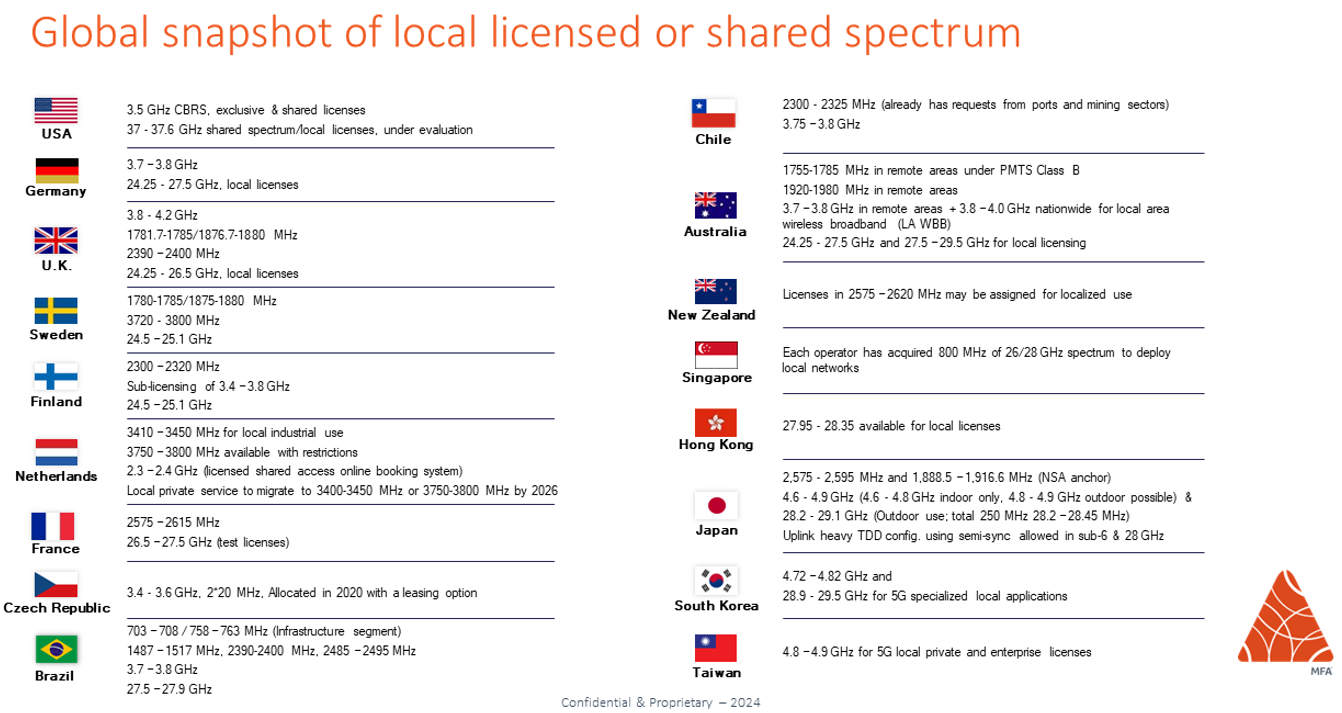Manufacturing facilities currently use a mix of wired and wireless network technologies for factory automation, but they are increasingly looking to the low latency, reliability and time synchronization capabilities in 5G to enable deterministic data transfer in industrial use cases — in a cable-free environment. In highly automated manufacturing environments, latency as low as a few milliseconds will likely be needed as well as advanced synchronization features to maintain ultra-reliability, for advanced manufacturing. A dedicated licensed or local spectrum will be essential in meeting the high performance expectations.
While 5G promises high bandwidth capacity, lower latency, and massive IoT connections, the deterministic link capability is the most compelling part. Keeping uptimes high is crucial in any manufacturing process.
5G private networks offer manufacturers a powerful alternative to public cellular or traditional Wi-Fi systems. Here are the top 3 reasons why manufacturers should deploy one.
Reliable Connectivity with Industrial Grade Latency
In a manufacturing facility where milliseconds matter, delays in communication can cause disruptions, safety issues or quality lapses. 5G private networks deliver:
- Consistent, low-latency communication for real-time machine control and automation
- Reliable connections even in large or interference-heavy environments
- Seamless support for robotics, autonomous vehicles and predictive maintenance.
This reliability keeps your production lines moving, minimizes downtime and ensures operation precision.
End-to-End Security and Data Control
Manufacturing operations often deal with sensitive data from proprietary designs to customer orders. With a 5G private network, data stays within the premises — dramatically reducing the risk of external attacks.
- Complete control of data owners – traffic stays within your premises
- Custom security policies are tailored to your environment and compliance needs
- Protection from external threats compared to public networks.
By isolating your operations from the public network, 5G private networks significantly reduce the risk of breaches, ensuring peace of mind and control over all data.
Scalability for Smart Factory Operations
Smart factory operations rely on thousands of connected sensors and devices. 5G private networks are built to scale by:
- Supporting thousands of IoT devices without congestion and impacting performance
- Enabling edge computing to process data on-site in real-time reducing latency and bandwidth costs
- Adapting quickly as new production lines, tools or capabilities are added.
5G private networks provide manufacturing facilities the flexibility to evolve their infrastructure quickly.
Conclusion
5G private networks are more than just a connectivity upgrade — they are a strategic enabler of smart manufacturing. By offering speed, control, security and scalability, they pave the way for greater productivity, innovation and resilience in an increasingly digital world.
Whether you’re running a single production line or a global network of plants, 5G private networks can give you the edge to modernize your operations. The Alliance has developed various deployment resources and tools to help enterprises deploy and operate secure 5G private networks and accelerate digital transformation. Learn more about our resources and tools available for download here.








